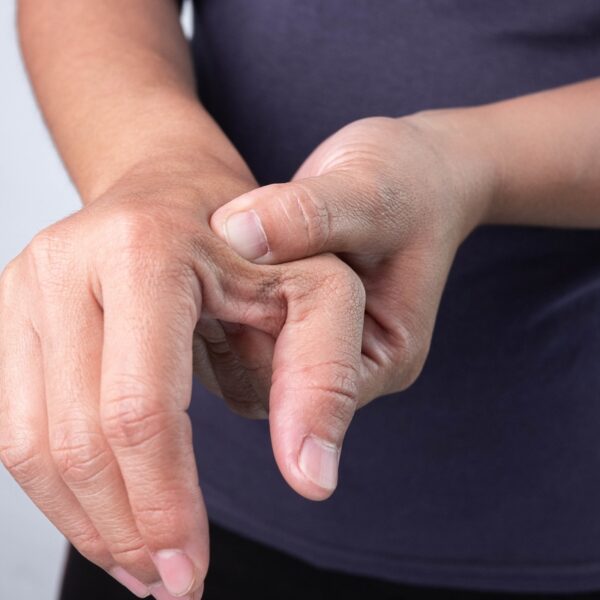
Recognizing the Early Signs of Psoriatic Arthritis: A Comprehensive Guide
Psoriatic arthritis is a chronic inflammatory condition that affects both the skin and joints. It is a type of arthritis that occurs in some individuals who have psoriasis, a condition characterized by red, scaly skin patches. Early detection and treatment are crucial in managing psoriatic arthritis effectively and preventing long-term joint damage. This article aims to provide a detailed overview of the early signs of psoriatic arthritis, helping individuals recognize symptoms and seek timely medical intervention. Understanding Psoriatic Arthritis Psoriatic arthritis is an autoimmune disease, meaning the body’s immune system mistakenly attacks healthy tissues. This condition can lead to joint pain, stiffness, and swelling, which can significantly impact a person’s quality of life. While psoriatic arthritis can develop at any age, it most commonly appears between the ages of 30 and 50. Early diagnosis is essential to manage symptoms and prevent severe joint damage. Common Early Signs and Symptoms 1. Joint Pain and Stiffness One of the most common early signs of psoriatic arthritis is joint pain and stiffness. This discomfort often affects the fingers, toes, wrists, knees, and ankles. The pain may be more pronounced in the morning or after periods of inactivity, gradually improving with movement. 2. Swelling and Tenderness Swelling and tenderness in the joints are also early indicators of psoriatic arthritis.









